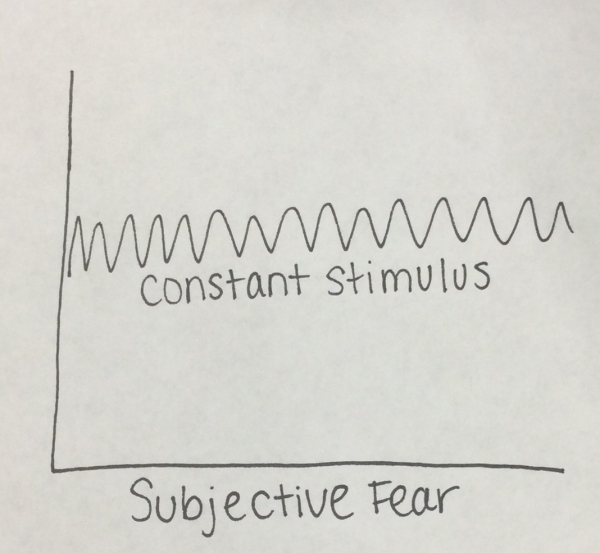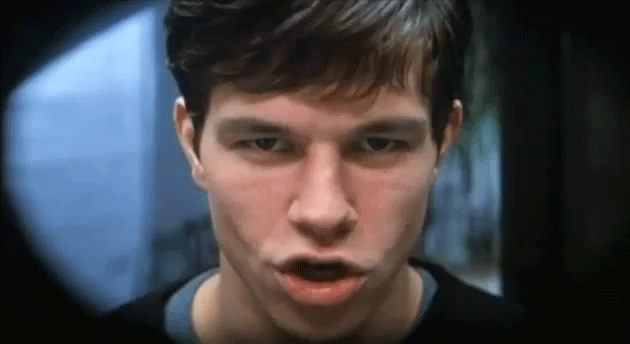What better way is there to enjoy a weekend night than by watching a good scary movie (Okay besides margaritas…)? Anyone who knows me well, knows that my absolute favorite genre of film is horror. As weird as it may be, horror movies for me are often my feel-good movies, my go-to’s, the end all be all of Kim’s movie radar. I can’t get enough of horror movies, and could easily watch one every day.
What I am often asked is the obvious question, “What are some of your favorite horror movies?” Although I intend throughout my blogging journey to revisit the topic of horror movies and their sub-genres quite often, I do think I owe it to my readers to at least for now, share my list of favorite horror movies. While my list may not consist of necessarily critically the best horror movies of all time, I do recommend each of these if you’re looking for a solid watch.
—————————————-
20. The Descent (2005)
Starting things at number twenty goes to The Descent. If being lost in a cave doesn’t give you enough anxiety, then this movie also brings you even more anxiety with not knowing which character will be picked off next. I think The Descent makes viewers a bit more anxious than scared, however I can also appreciate the all female cast.

19. The Conjuring (2013)
A critical success and box-office hit, The Conjuring is one of the best recent adaptations of a real-life horror story. I advise to watch this one with a buddy…or five.
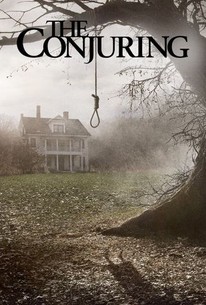
18. Insidious (2010)
For me, Insidious makes my top twenty list because of its ability to balance a decent story line, as well as a few heart-pounding moments. No overindulgence or flat performances here, just a steady climax of intrigue and fear.

17. The Witch (2015)
Unique, spellbinding, and clever, The Witch’s impressive power to maintain the audience’s attention and anxiousness up until the unraveling end is definitely appreciated.
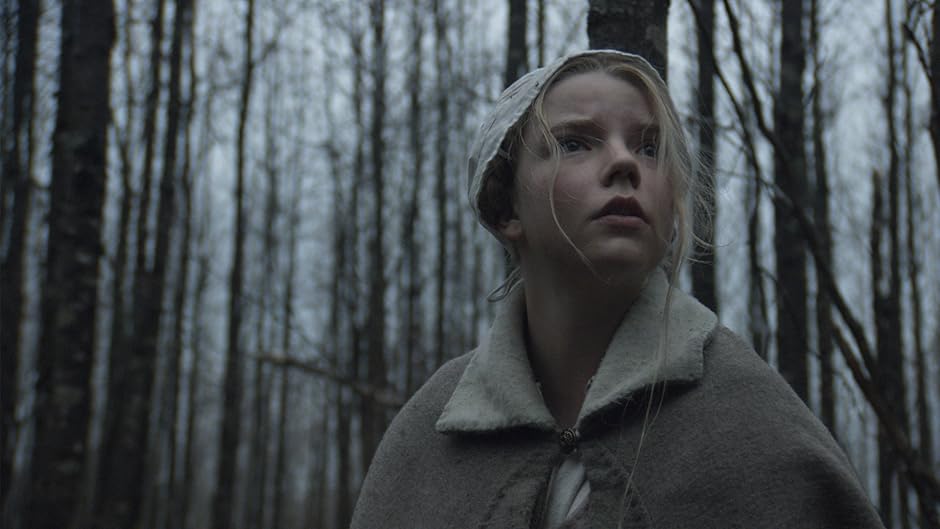
16. The Others (2001)
Often forgotten about, the astounding mystery in this film always keeps me coming back for more, and the chilling revelation in the plot makes this sweet number sixteen on my list, and my favorite Nicole Kidman performance.

15. The Exorcism of Emily Rose (2005)
Even though this one was snubbed a bit as being just another exorcism movie, this was a movie that I remember watching in elementary school and being scared shitless. To this day, waking up at 3am still gives me a sense of unease. Thank you Laura Linney.

14. You’re Next (2011)
For me, this is definitely one of those scary movies that everyoneeeee forgets about. Surprisingly, I appreciate not just the mystery behind the obvious question in this film, “Who is killing who?”, but also the change-up in weaponry and costume. It’s a nice diversion from the expected.

13. Hush (2016)
Netflix should truly be commended for Hush’s success and rightfully so, considering it really put a movie that most otherwise wouldn’t have heard much about, on the map. The alternating POV’s the audience gets between the protagonist and the killer is a nail-biting experience for the viewers of this movie. Plus, there’s a cameo by “Hot Uncle Cooper” (for all of my One Tree Hill fans out there).

12. Cry Wolf (2005)
Despite poor ratings, the plot twist in the movie is pretty entertaining and keeps you interested. Also Jon Bon Jovi is in this movie (Yes, the Jon Bon Jovi), so that’s enough to pull you in.

11. A Nightmare on Elm Street (1984) *Not the terrible 2010 remake*
My list would be nothing without one of the great original slasher movies. The beauty behind this Wes Craven hit is that it is still pretty freaky despite it’s near 35 year old release date. Wes Craven beautifully takes something as silly as a deformed man in a fedora and makes it your worst nightmare…literally.
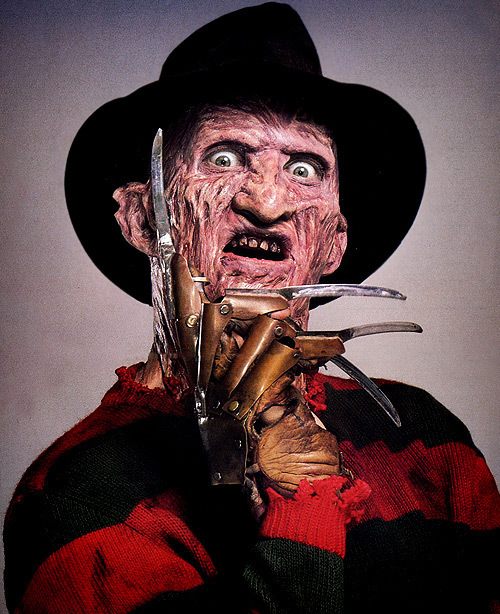
10. The Visit (2015)
What better way to kick off the halfway mark than with an M. Night Shyamalan film?! Nothing short of his previous work, Shyamalan delivers with The Visit just as he does in his other movies, throwing the audience completely off. Most of the scenes will probably make you laugh, but the jaw-dropping truth is what makes this a horror success.

9. Hostel (2005)
Nevertheless, Eli Roth directs a movie and it is undoubtedly fucked up. However, Hostel plays on this taboo dichotomy of a chauvinistic schmuck, and a somewhat endearing and hopeful American hero, that keeps you watching, despite the blood and gore.

8. The Uninvited (2009)
If you’re looking for a critically successful movie, this might not be the one for you, but The Uninvited does give you a clever plot line if you’re into the whole The Hand That Rocks The Cradle type thing.

7. Saw (2004)
Although the Saw saga has gone wayyyyyy too far now, the original film in the series was pretty epic. I remember at the end of the movie gasping, “No fucking way”. Unlike the redundant sequels, Saw provided us an innovative and very ethical, approach to horror and a creepy ending that most of us did not see coming.

6. The Amityville Horror (2005)
Okay, horror remakes are usually a flop, and this one might have been just that, but for some reason I have always shamelessly enjoyed this flick. Maybe it’s the angst behind the, “Based on a true story” effect, or maybe it’s simply because Ryan Reynolds is shirtless for half of the movie. Regardless, you can count me in for this cheesy do-over.

5. Honeymoon (2014)
Despite its low-budget, Honeymoon does a great job at presenting the audience with a unique spectrum of horror that is quite different from typical depictions of scary movies. Honeymoon’s atypical mystery, in addition to the surprisingly effective performances from the actors, makes this not only a clever scary movie, but a very re-watchable film as well.

4. Jeepers Creepers (2001)
A cult classic, Jeepers Creepers is one of my favorites because for me, not only does this movie make you never want to go on a road trip, but it also really made monster’s scary again. I think there was a time when scaly figures with claws and fangs became a little lame, and I think this movie reinforced that old-school villain. This movie also brought us Justin Long guys, let’s not forget.

3. I Know/I Still Know What You Did Last Summer (1997/1998)
I know…. (no pun intended), these movies are fucking awful, but I think most can agree, there’s still something we love about them (Although I will touch on this topic in a later blog)! There’s something about the desperation of Freddy Prinze Jr., the patheticness of Jennifer Love Hewitt, and the 90’s college-life, that pulls me in. I’ll blatantly admit that these two movies are definitely guilty pleasures for me.

2. It Follows (2014)
For those of you that haven’t tuned into my first blog post, I really fucking love this movie. In fact, I think it is a fantastic addition to the horror genre, presenting audiences with challenging perspectives, and penetrating uncharted feelings of fear. As like many critics, this one really took my breath away, and is what I would consider the best contemporary piece in the horror genre yet.

1. Halloween (1978)
I appreciate this movie for many reasons. For one, it created the forefront for slasher films. Further, John Carpenter did an exceptional job at intensifying the audience’s fear, not just visually, but audibly as well. Michael Myers is creepy, the music is chilling, and the simplicity was absolutely ground-breaking for this time, making this one of the greatest horror movies of all time, and my absolute favorite. The inhumanity behind the god-awful remakes of this classic are quite humiliating, and I truly do think filmmakers should be barred from creating any further remakes of the film.

Are any of these movies on your top scary movie list as well? Comment and let me know.










 If you ever find yourself thinking it seems difficult to keep up with what is “in” right now in the thriller/horror genre, it’s actually pretty simple; just follow political/social trends. If you’re wondering what’s going to be next to come in American thriller/horror films, leave it to politics to give you your answer. Because inevitably, our common themes in this genre of film, often attack the political/social agendas of that current time. To give us a clearer scope of this argument, I like to look back on several decades of horror, specifically all the way back to nearly 50 years ago. Since the 1970’s I argue that the thriller/horror genre has undergone five phases of horror eras. All of which I have coined specific names:
If you ever find yourself thinking it seems difficult to keep up with what is “in” right now in the thriller/horror genre, it’s actually pretty simple; just follow political/social trends. If you’re wondering what’s going to be next to come in American thriller/horror films, leave it to politics to give you your answer. Because inevitably, our common themes in this genre of film, often attack the political/social agendas of that current time. To give us a clearer scope of this argument, I like to look back on several decades of horror, specifically all the way back to nearly 50 years ago. Since the 1970’s I argue that the thriller/horror genre has undergone five phases of horror eras. All of which I have coined specific names: 
